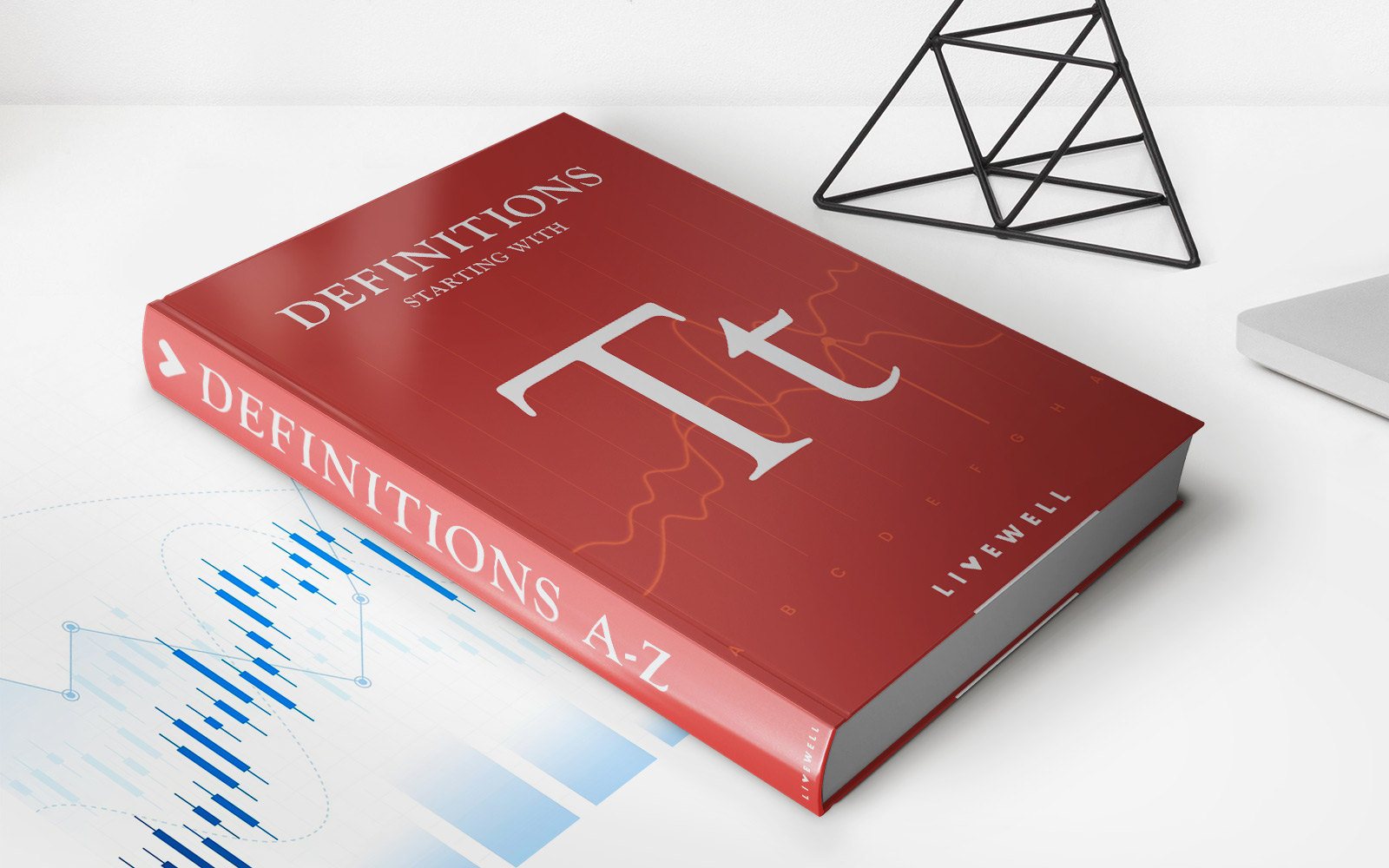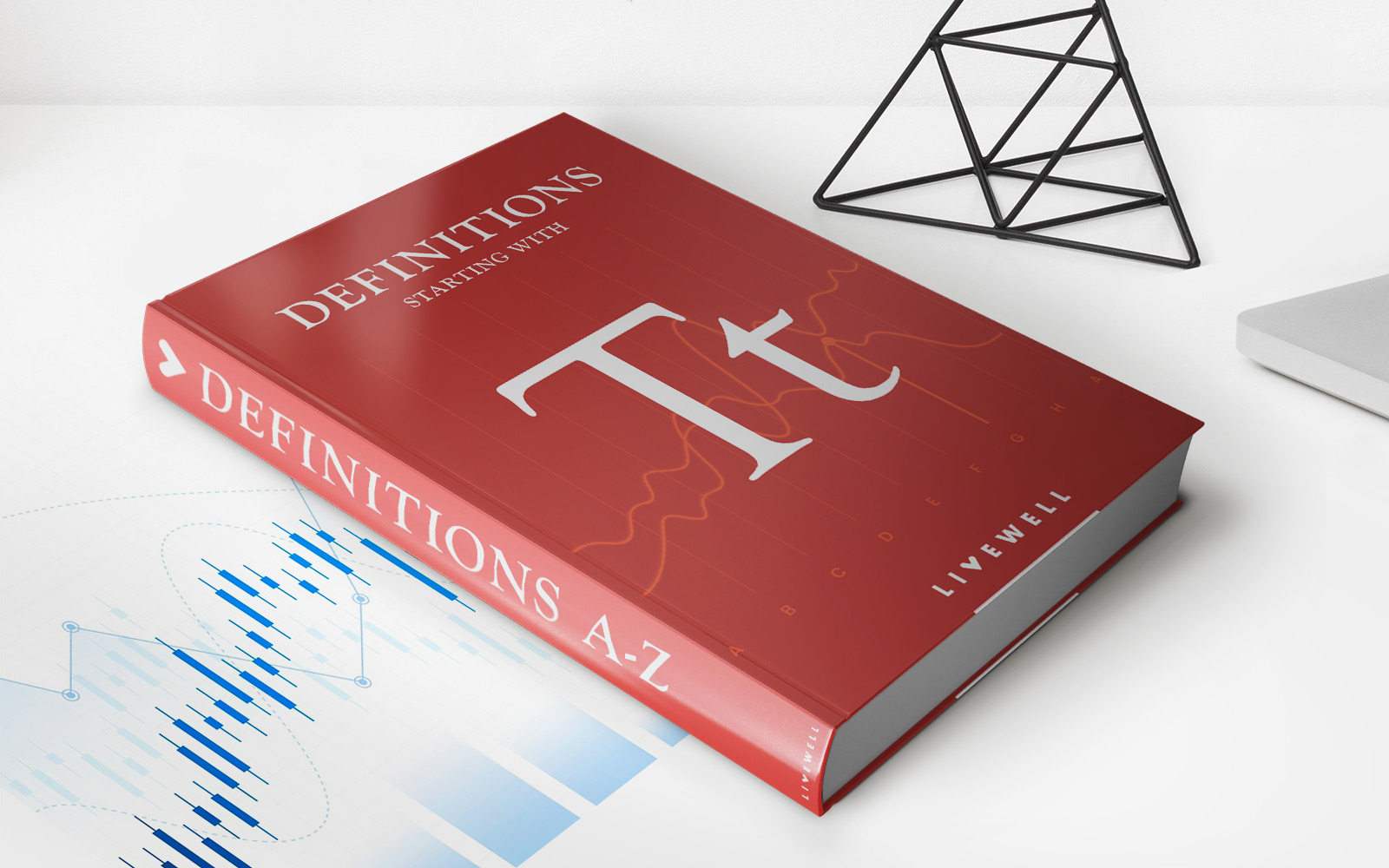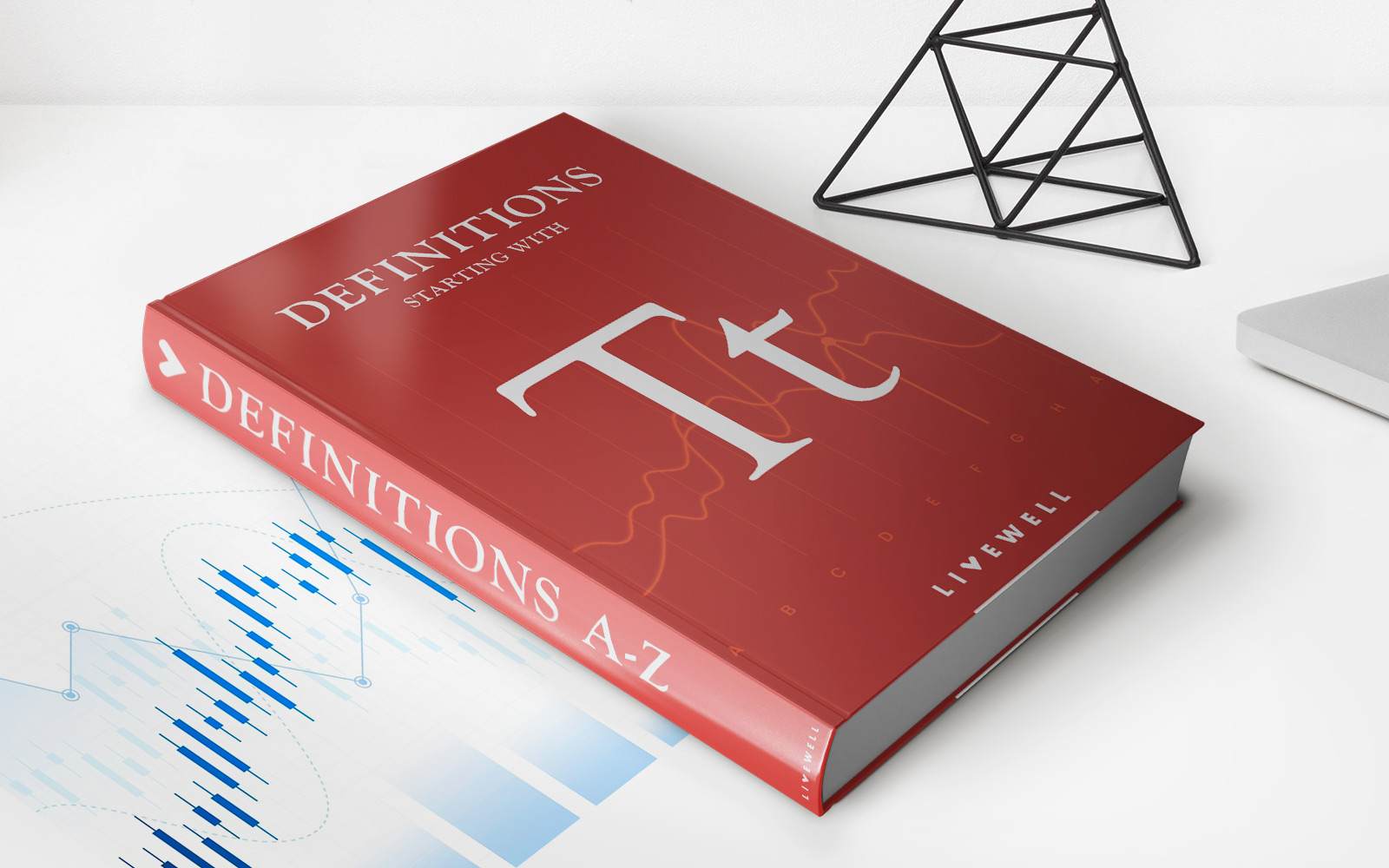

Finance
Taylor Rule Definition
Published: February 7, 2024
Learn about the Taylor Rule in finance, a monetary policy guideline that helps central banks determine interest rates based on inflation and economic conditions.
(Many of the links in this article redirect to a specific reviewed product. Your purchase of these products through affiliate links helps to generate commission for LiveWell, at no extra cost. Learn more)
Taylor Rule Definition: Understanding the Basics
Welcome to our FINANCE category where we explore various concepts and strategies to help you make informed financial decisions. In this blog post, we will delve into the Taylor Rule, a popular tool used by policymakers to guide their decisions regarding interest rates. So, if you’re looking to gain a clear understanding of what the Taylor Rule is and how it impacts the economy, you’ve come to the right place.
Key Takeaways:
- The Taylor Rule is an economic theory formulated by economist John Taylor that helps policymakers determine appropriate interest rates based on inflation and economic growth.
- It provides a framework for central banks to adjust interest rates in response to changes in inflation and output levels.
Now, let’s dive into the Taylor Rule definition and explore its various aspects.
What is the Taylor Rule?
The Taylor Rule is a formula developed by economist John Taylor in 1993 as a guide for central banks to set interest rates. It is designed to help policymakers make more informed decisions about monetary policy by considering two key factors: inflation and the output gap.
The Taylor Rule suggests that central banks should adjust interest rates based on the difference between the target inflation rate and the current inflation rate, as well as the difference between actual GDP and potential GDP. By taking these factors into account, the Taylor Rule aims to stabilize the economy by responding to changes in inflation and economic growth.
How Does the Taylor Rule Work?
The Taylor Rule formula is as follows:
Interest rate = R* + α(inflation rate – target inflation rate) + β(output gap)
Let’s break down the components of the formula:
- R*: This represents the equilibrium or “natural” interest rate, which is determined by long-term factors such as productivity and demographics.
- α: This is a parameter that determines how aggressively the central bank responds to changes in inflation.
- Inflation rate: It refers to the current rate of inflation.
- Target inflation rate: This is the desired inflation rate set by the central bank.
- β: This parameter measures how much importance the central bank places on stabilizing the output gap (the difference between actual and potential GDP).
- Output gap: It represents the difference between actual GDP and potential GDP.
By plugging in the appropriate values for these variables, policymakers can determine the optimal interest rate that aligns with their inflation and economic growth objectives.
Why is the Taylor Rule Important?
The Taylor Rule provides a transparent and systematic framework for central banks to make interest rate decisions. It helps them strike a balance between stabilizing inflation and promoting economic growth.
Here are two key takeaways to understand the significance of the Taylor Rule:
- Guidelines for policymakers: The Taylor Rule offers policymakers guidance on setting interest rates based on relevant economic indicators. It reduces the risk of arbitrary or inconsistent decision-making.
- Market predictability: By adhering to the Taylor Rule, central banks provide the market with a sense of predictability and can manage market expectations. This stability can lead to more favorable economic conditions.
It’s important to note that while the Taylor Rule serves as a valuable tool for policymakers, it is just one approach among many to determine appropriate monetary policy. Economic conditions and perspectives may vary, leading to different approaches in different situations.
There you have it – a comprehensive Taylor Rule definition. We hope this blog post has shed light on the basics of the Taylor Rule and its significance in guiding interest rate decisions. Stay tuned for more compelling content on our FINANCE category to expand your financial knowledge!














